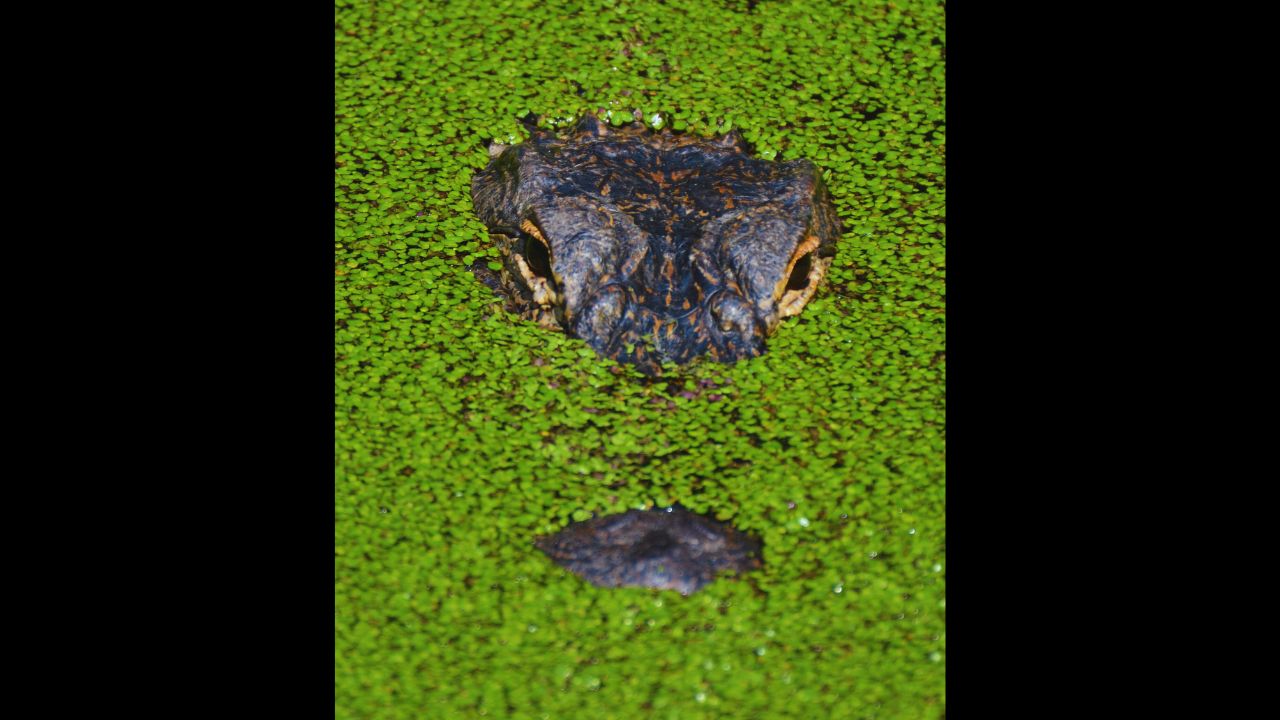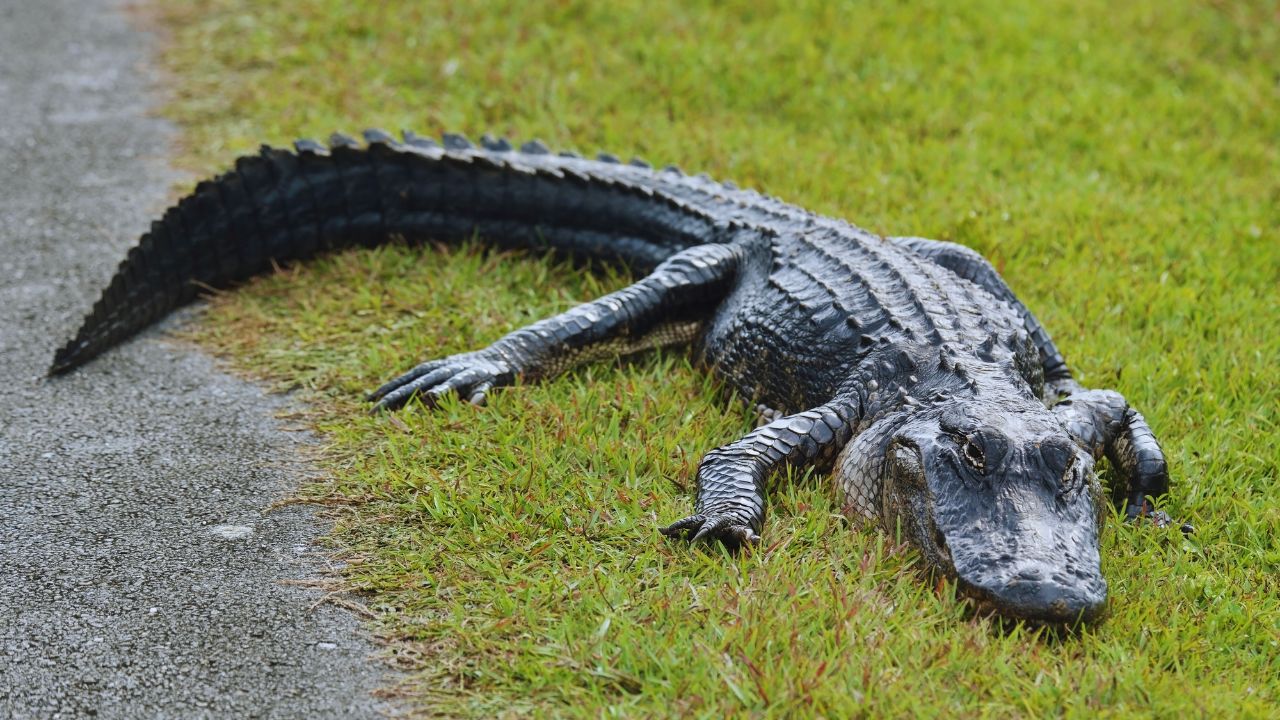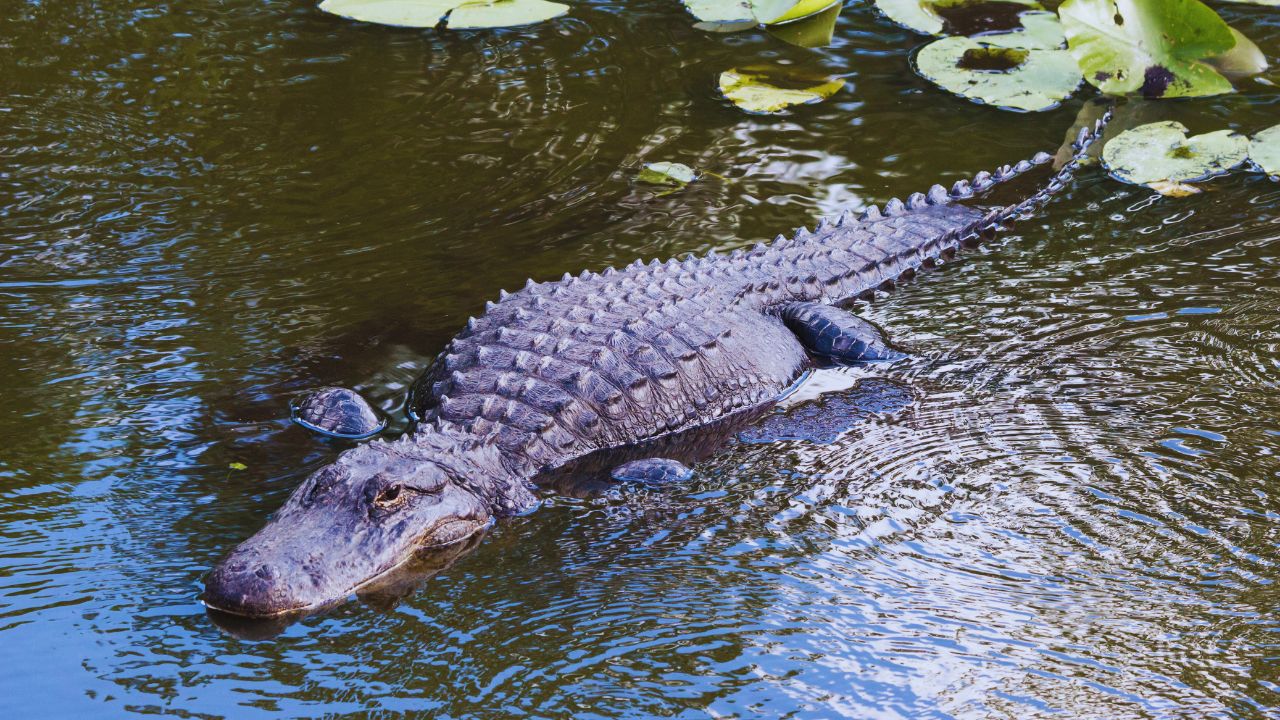Do alligators exist in Virginia?
Virginia is well known for its stunning natural settings, from the beautiful Blue Ridge Mountains in the west to the diverse aquatic ecosystems of Chesapeake Bay in the east. Particularly, this bay is well-known for its profusion of marine life, which includes several fish species, crabs, and oysters. The existence of wetlands around the rivers that flow into the Chesapeake Bay raises the question of whether alligators, a species typically associated with the southern United States, reside in Virginia.

Overview of Alligators and Their Potential Presence in Virginia
| Category | Details |
|---|---|
| Virginia’s Natural Landscape | Blue Ridge Mountains, Chesapeake Bay, and swamps around rivers |
| Alligator Habitat | Southeastern U.S. (Louisiana, Florida, Alabama, North Carolina, and South Carolina) |
| Presence in Virginia | No established population; sightings linked to escaped or released captive animals (e.g., 2022 incident in Chesapeake, VA) |
| Climate Factors | Cold-blooded; relies on warm temperatures; Virginia’s cold winters (average 32–50°F); recent warming trends (e.g., 98°F day in Richmond, 2020) |
| Migration Potential | Climate change may enable future northward migration; sightings in Maryland have been reported |
| Potential Habitats in Virginia | Freshwater environments: James River, Rappahannock River, Potomac River, Jackson River; less likely in Chesapeake Bay (saltwater) |
| Human Interaction | State permits are required to own alligators as pets; public education and safety regulations needed if populations increase |
The Southeastern United States’ Alligator Habitats
The southeastern United States, especially states like Louisiana, Florida, and Alabama, is where alligators are most often found. The mild temperatures and marshy terrain found in these areas are ideal for alligator growth. Alligators are present not just in these states but also in other regions with comparable climates, such as North and South Carolina.
Are There Any Alligators in Virginia?
Although there are many alligators in North Carolina, Merchants Millpond State Park, which is a short distance from the Virginia-North Carolina border, is the nearest verified alligator habitat to Virginia. Alligators have generally avoided Virginia due to the state’s colder environment, even if the alligators live nearby. This does not, however, imply that alligators have never been seen in Virginia or exclude the chance that they may someday establish a presence there.

An alligator, for example, was seen swimming in a household pool in Chesapeake, Virginia, in 2022. This specific alligator was an escapee from Jack’s Jungle, an educational animal display located in the Hampton Roads region of Eastern Virginia, rather than a resident of the wild. Perhaps, while this particular instance involved an alligator in captivity, it raises concerns about the possibility that, given the correct circumstances, alligators may live and perhaps flourish in Virginia.
Alligator Migration and Climate Change
Climate change is one of the main variables affecting the likelihood that alligators may migrate to Virginia. The alligator-friendly environments along the Atlantic coast may extend farther north as global temperatures increase. Known by its scientific name, Alligator mississippiensis, alligators are usually found in warm, humid climates in the southern United States. Being cold-blooded creatures, their biological processes are highly dependent on the outside temperature. Because of their need on ambient heat, they thrive best in their native environments, which are the marshes and swamps of Florida and Louisiana.
But Virginia offers a different kind of difficulty. The state is renowned for having very cold winters, with typical daytime highs of 45 to 50 degrees Fahrenheit and often freezing overnight lows of 32 to 35 degrees. Alligators prefer the warmer weather found farther south; thus, these circumstances are far from optimal for them.

However, these circumstances are slowly changing due to climate change. Richmond, Virginia, had a sweltering 98-degree day in July 2020, and the city saw another heatwave this past summer with temperatures of 96 degrees. The average July temperature in Virginia has increased by 3.5 degrees only this year. This rising trend raises the possibility that alligators may someday be able to expand their territory farther north due to the state’s environment being more friendly to them.
Climate Change and Its Impact on Alligator Habitats in Virginia
| Climate Factor | Impact on Alligators | Virginia’s Climate |
|---|---|---|
| Temperature Regulation | Cold-blooded, relies on ambient temperature for body regulation | Winters: 32–50°F, recent warming trends observed |
| Current Habitat | Prefers warm, humid environments in the southeastern U.S. | Historically, it has been too cold for alligators |
| Recent Climate Trends | Rising temperatures may extend habitats further north | 2020: 98°F in Richmond; 2023: 3.5°F increase |
| Migration and Adaptation | Potential to expand into Virginia and Maryland as climates warm | Possible future habitation in freshwater areas |
| Human Interaction Considerations | There is a need for regulations and public education if alligator populations increase in response to changing climate conditions | Permits required for pet ownership |
Virginia’s Potential Alligator Habitats
Alligators would probably choose for settings that closely resembled their native habitats in the Southeast United States if they were to move to Virginia and establish a permanent colony. This implies that they would choose freshwater habitats over those found in saltwater. These reptiles would probably end up in Eastern and Central Virginia’s marshes, riverbanks, and swamps.
Alligators may be found in the vicinity of the Potomac, Jackson, Rappahannock, and James rivers in particular. The freshwater habitats that alligators need to live long and prosper are found in these rivers. Despite its apparent suitability, Chesapeake Bay is not the best place for alligators to live due to its mostly saltwater ecology.
Although they prefer freshwater, alligators can tolerate brackish water conditions for brief periods of time. Because of their versatility, they may be discovered in the freshwater marshes and swamps that round the Chesapeake Bay, even if they might not flourish there.

Maryland’s Potential Alligator Threat
It wouldn’t be unreasonable to believe that alligators may migrate much further north into Maryland if they were to establish a foothold in Virginia. Rising temperatures and shifting environmental circumstances are two further elements that may favour an alligator-friendly climate in Virginia, and they may also apply to Maryland. Although sightings of alligators are uncommon and often involve lone individuals rather than established colonies, there have already been reports of sightings in Maryland.
Human-Alligator Coexistence and Conservation
Alligators are considered both a natural marvel and a possible menace in regions like Florida and Louisiana, where they are often seen. If an alligator and a person get into close proximity, it may be deadly, particularly in places where urban growth is encroaching on the alligator’s natural habitat. Strict laws are thus in place to control alligator numbers and avoid potentially hazardous situations.
In the event that alligators increased in number in Virginia, comparable precautions would probably need to be taken. This might include restrictions on activities like swimming, boating, and fishing in waterways where alligators are prevalent, as well as public education efforts to increase understanding about how to live securely in these places.

It’s interesting to note that owning an alligator as a pet is acceptable in Virginia as long as the owner has the required state licences. Alligator pet ownership is uncommon, but it does demonstrate the state’s distinct attitude towards exotic animal ownership. But prospective pet owners need to know about the difficulties of raising an alligator and their responsibility to make sure the animal doesn’t endanger their neighbourhoods.
Potential Alligator Habitats and Human Interaction in Virginia
| Location | Habitat Type | Alligator Suitability | Human Interaction Considerations |
|---|---|---|---|
| James River | Freshwater river | High suitability for future habitation | Public safety regulations needed if population increases |
| Rappahannock River | Freshwater river | High suitability for future habitation | Public safety regulations needed if population increases |
| Potomac River | Freshwater river | High suitability for future habitation | Public safety regulations needed if population increases |
| Jackson River | Freshwater river | High suitability for future habitation | Public safety regulations needed if population increases |
| Chesapeake Bay | Primarily saltwater | Low suitability, prefers freshwater environments | Monitoring required for potential alligator sightings |
| Maryland (North of Virginia) | Potential migration area | Possible future habitat as climate warms | Public awareness and preparation for potential sightings |
| Pet Ownership (Virginia) | Captivity (requires permit) | Legal with state permit; isolated incidents | Owners are responsible for preventing escape and ensuring safety |
Alligators’ Future in Virginia
Although alligators are not yet established in Virginia, it is not completely impossible for them to migrate there, particularly given the state’s shifting environment. The habitats that alligators need may progressively spread into regions that were previously too cold for them to live in, as long as temperatures increase.

Alligator sightings in Virginia are still uncommon as of right now, and they are usually related to escaped or freed captive animals rather than natural populations. But as the state’s temperature rises, there’s a chance that alligators may start to appear more often in Virginia’s rivers and wetlands.
Virginians should continue to take pleasure in the state’s varied and breathtaking natural environments in the interim, but they should also be aware of how animal dynamics are constantly shifting due to climate change. Alligators serve as a reminder of the intricate and interwoven character of our environment, whether or not they establish a permanent home in Virginia’s ecosystems.





